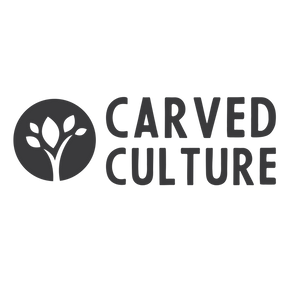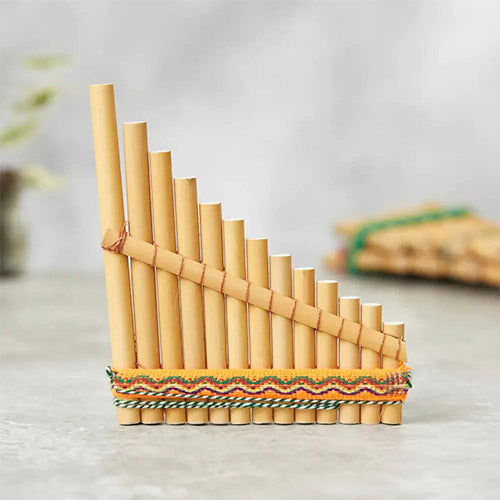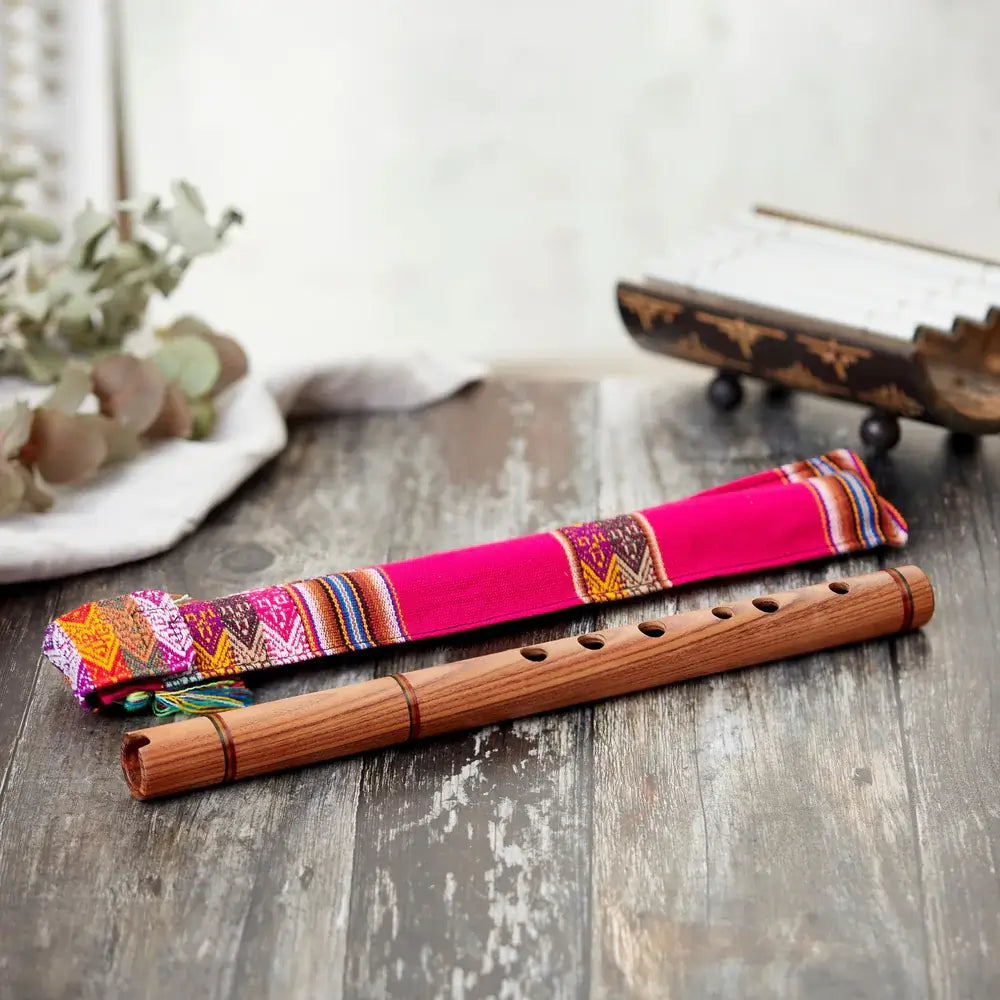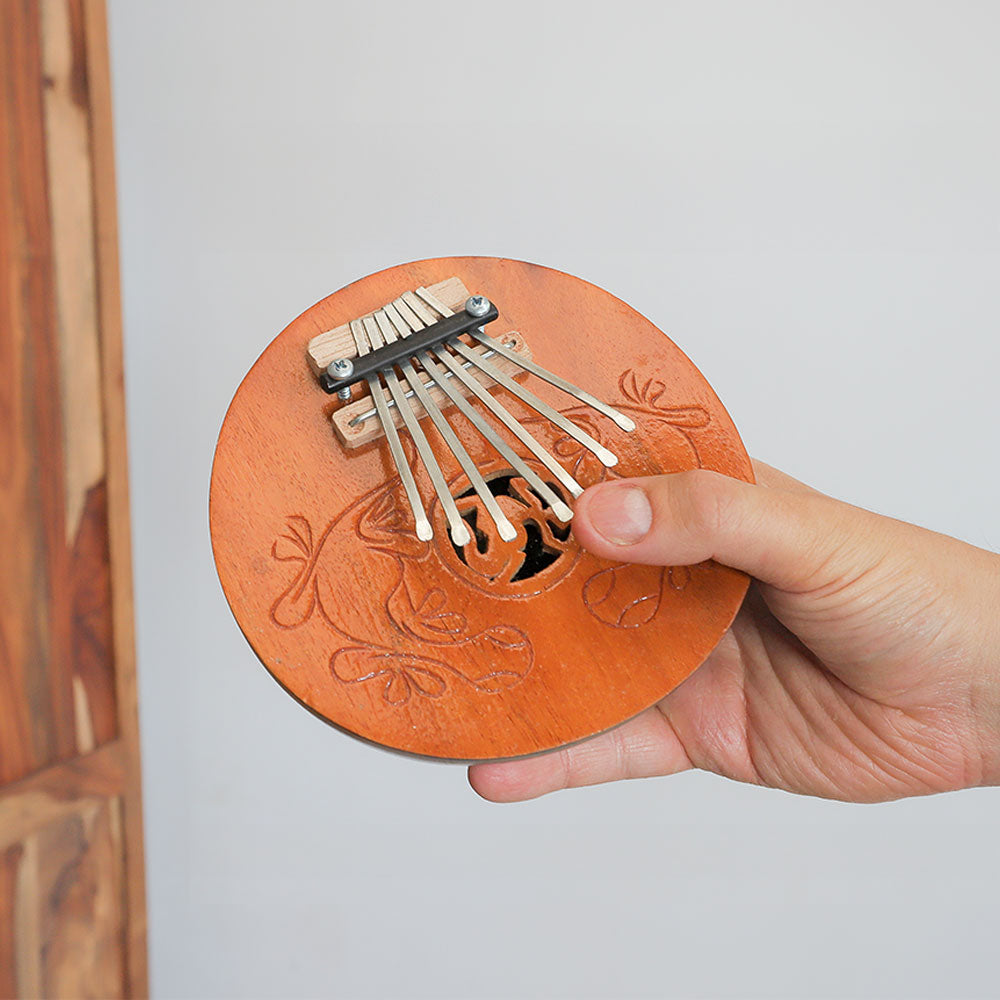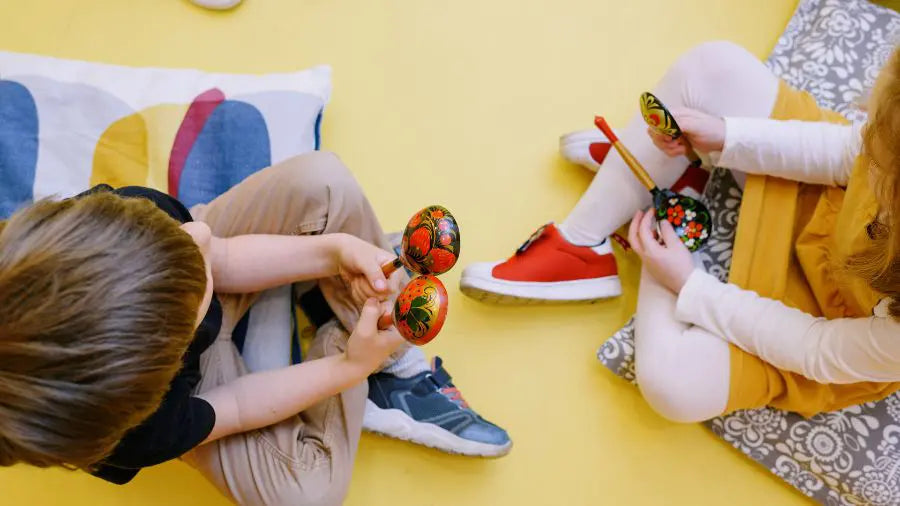Bird callers are cool woodwind instruments that mimic the vocal patterns of real birds. They are great for musicians, people who love nature, sound designers, bird watchers, and anyone who appreciates musical instruments. In this guide, you will learn all about bird callers, the different types available, and how to play them to get the best sound.
What Is a Bird Caller?
A bird caller is a small hand-held woodwind instrument used to imitate the natural calls of specific bird species, from territorial songs to subtle chirps. They are typically crafted from wood and metal. Before we take a look at how to play them, we are going to first explore the different types of bird caller.
Bird callers are simple tools that produce sounds similar to those of real birds. They're designed to mimic the natural calls of specific birds, which can help attract them or encourage their response when you're outdoors. Each bird caller is carefully designed to mimic a particular type of bird. For example, the blackbird caller makes strong, loud calls similar to those used by blackbirds to mark their territory. In contrast, the tawny owl caller produces deep, echoing hoots, such as the familiar "twit-twoo" sound that many people recognise.
Uses for a bird caller
Using a bird caller can make nature walks more exciting, especially if you enjoy birdwatching or being surrounded by wildlife. It's a fun and straightforward way to connect with birds, whether you're trying to spot them more easily, get a closer look, or enjoy hearing them call back. While they are crafted with a primary bird in mind, many of them can also attract similar-sounding species. For example, the blackbird caller may draw in thrushes, starlings, and robins, while the tawny owl caller can provoke responses from other owls and woodland birds.
Different types of bird callers

Game bird callers, such as the Common Pheasant and Grey Partridge models, produce sharp attention-grabbing sounds that not only mimic their namesakes but can also stimulate interest from other birds in the same habitat. Some birdcallers, such as those for pheasants and partridges, can also attract the attention of different animals that share the same environment. This includes other game birds, such as quails, and sometimes even curious predators like foxes that may be nearby.
Whether you're hoping to see birds up close, stir some activity in the area, or enjoy the natural sounds around you, bird callers are a great way to connect with nature. They're easy to use, making spending time outdoors more interesting and rewarding. Each bird caller produces a unique sound that typically mimics a specific bird species; for example, the Blackbird Bird Caller is ideal for classrooms, field trips, and stage use.
Even though it's designed to mimic the sound of the blackbird, it can also imitate the high-pitched wagtail. The compact Tawny Owl Bird caller allows for a playful tone, while the wooden Metallic Pheasant Bird Whistle delivers a different sound that is perfect for birdwatchers. The Grey Partridge Bird caller accurately mimics both the partridge and the Eurasian Wigeon, offering a range of amusing effects.
Explore our collection of Bird callers here.
Playing Position
To play a bird caller effectively, start by holding it with a relaxed grip, positioning the mouthpiece, or opening close to your lips. Depending on the model, you'll either blow into it or use a gentle twisting motion—so knowing how your specific bird caller works is essential. For blow-style instruments, create an airtight seal with your lips; apply controlled, smooth movements for twist or friction types to produce the desired sound. Experiment with different angles and techniques to discover what works best—exploring is part of the fun and key to unlocking realistic bird calls.
Breathe Control
Breath control is key to producing realistic bird sounds. A soft, quiet breath creates delicate calls, while a stronger breath produces louder tones. Short bursts mimic chirps or peeps; long, steady exhales are ideal for sustained bird songs. Adjusting your breathing allows you to replicate specific bird calls more accurately and discover unique sounds and effects.
How to Mimic Birds with a Bird Caller
To mimic birds with a bird caller, match the rhythm, tone, and pitch of real bird calls by first listening closely to the species you're imitating. Each caller works differently—some need gentle blowing, others twisting or shaking—so learn your instrument’s technique. Use short breaths for chirps, long ones for songs, and vary your breath’s strength and rhythm to produce convincing, natural sounds that may even trigger real bird responses.
Want to explore more? Browse our full range of wind instruments.
